I have the following code:
protected void ExecuteInTransaction(Action action)
{
using (SQLiteTransaction transaction = connection.BeginTransaction())
{
try
{
action.Invoke();
transaction.Commit();
}
catch(Exception)
{
transaction.Rollback();
throw;
}
}
}
While testing this class, I managed to throw an exception in order to test the catch branch.

As I'm in Debug mode, I continue the execution of this throwing, to see how the calling class handles it, but the exception is never thrown by the method, instead, it's like the exception is constantly being thrown and caught, thrown and caught all over again, never exiting the function.
In Release mode, the application freezes and stops working:

Does anybody know why this is happening, and how can I avoid it?
Thanks in advance!